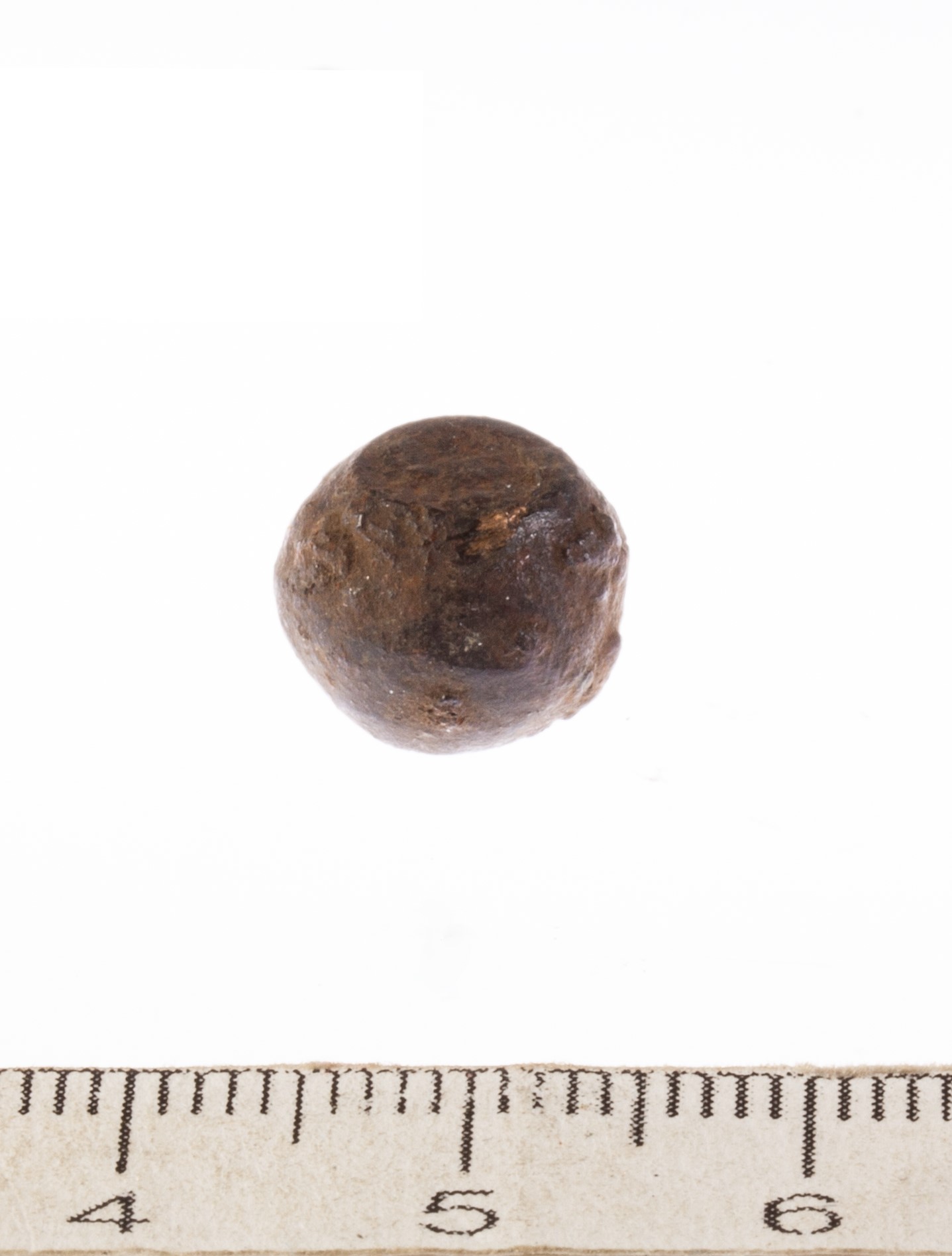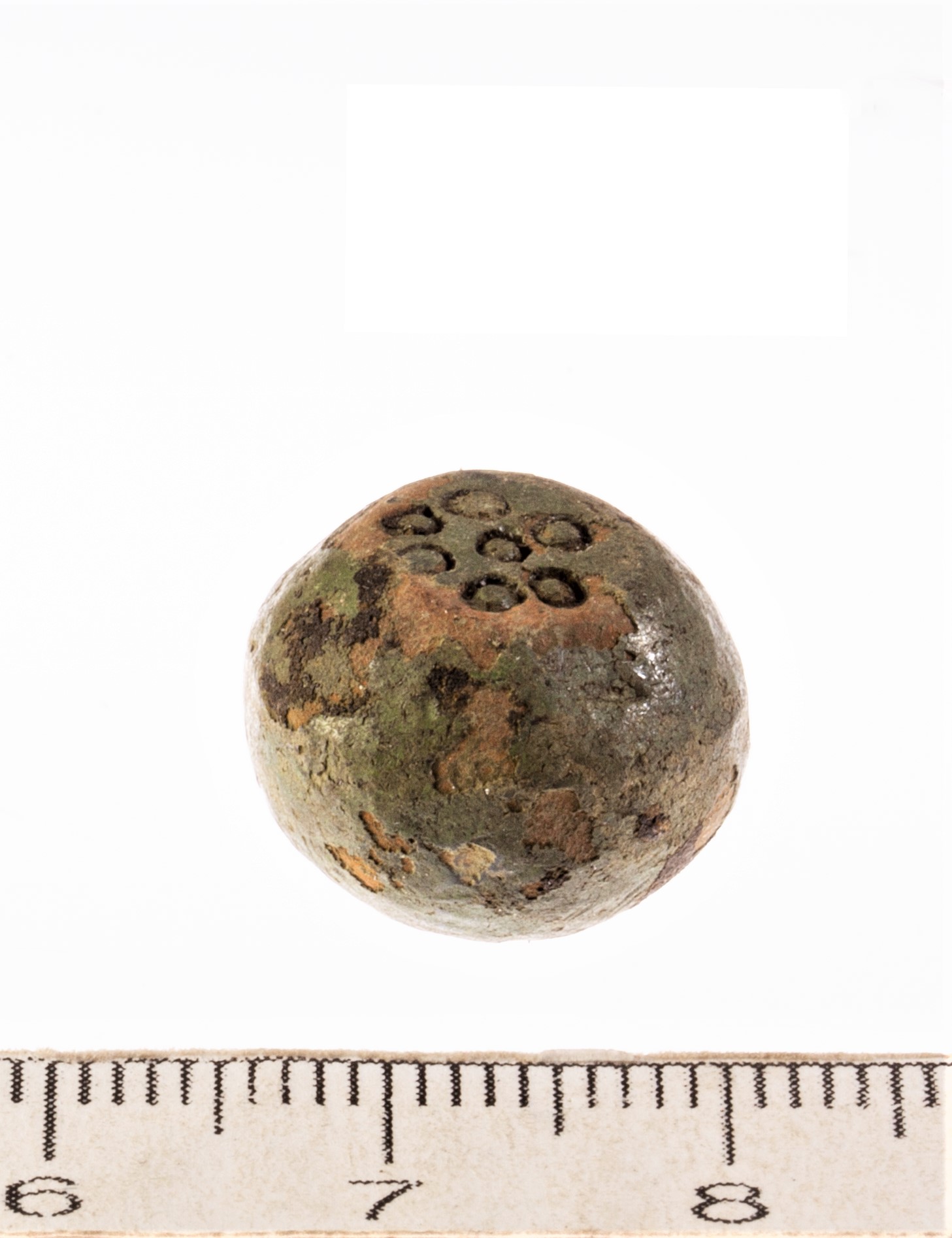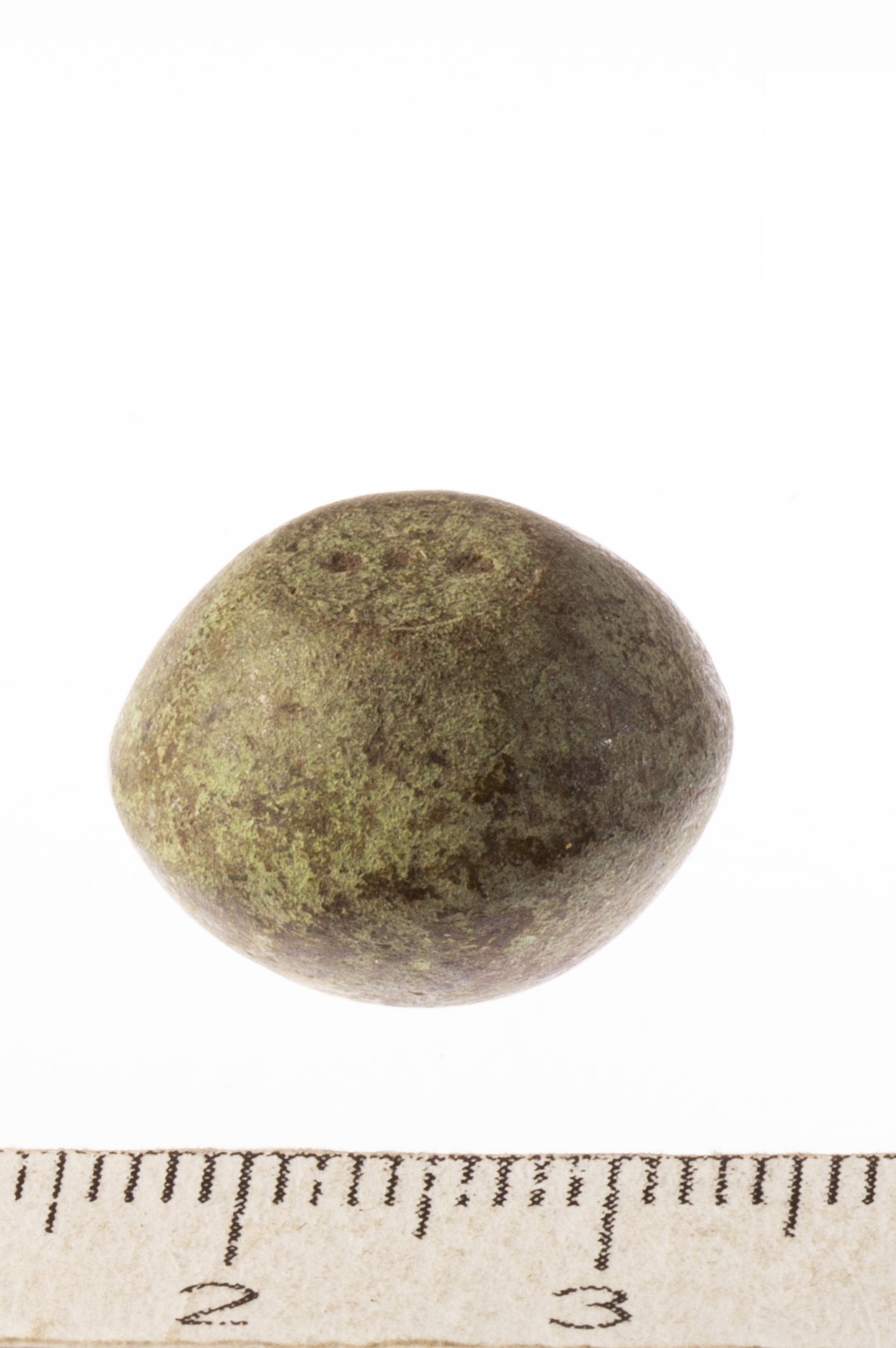Database
Our database is free to use for all history and archaeology enthusiasts. If you use our database, please do not forget to cite correctly:
Mägi, Marika; Palm, Piia Sandra. Archaeological Artefacts of Saaremaa. Foundation Osiliana / Tallinn University. Accessed: date.
The Osiliana Archaeological Database presents artefacts from Saaremaa and the surrounding small islands.
The database contains mainly Iron Age and Medieval finds that can be classified.
Undated metal or other pieces were generally excluded from the database.
Ceramics are represented by isolated examples.
The database is a work in progress and is constantly being updated.
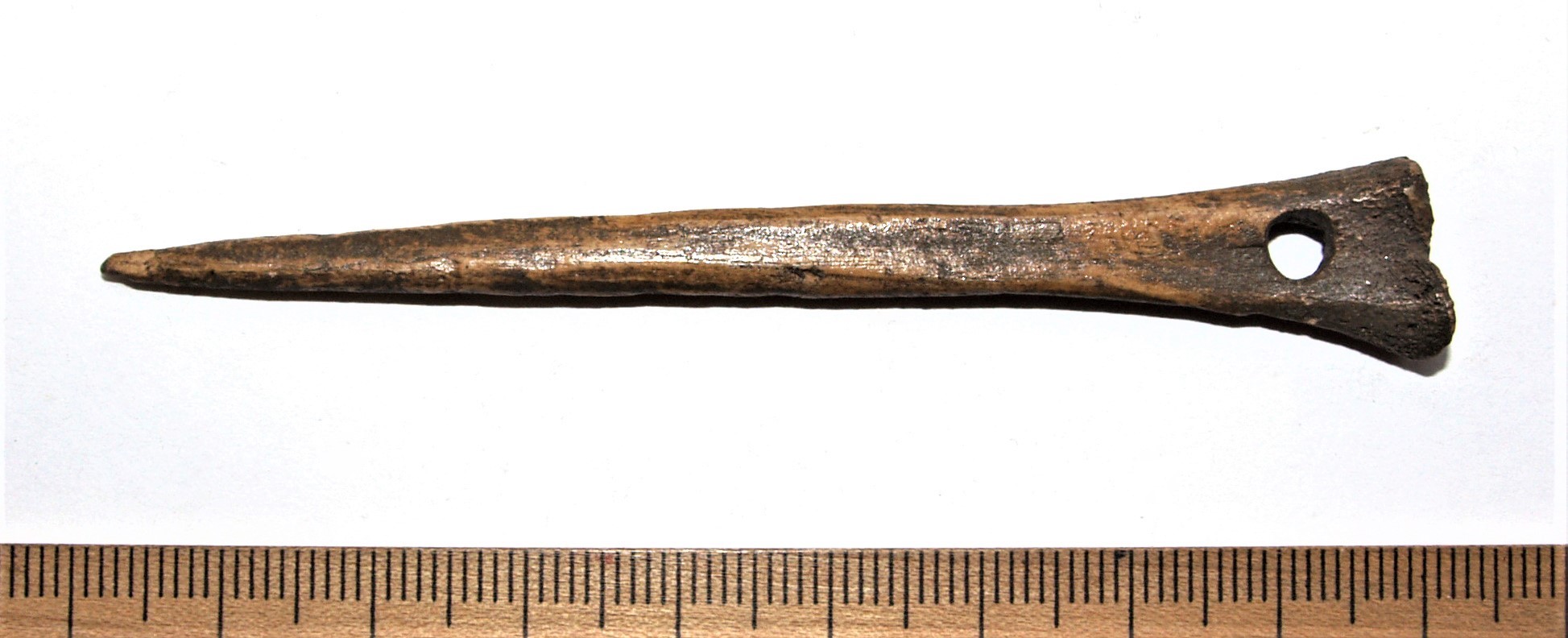
Valjala hillfort
Sewing needle of bone.

Valjala hillfort
S-shaped hook.
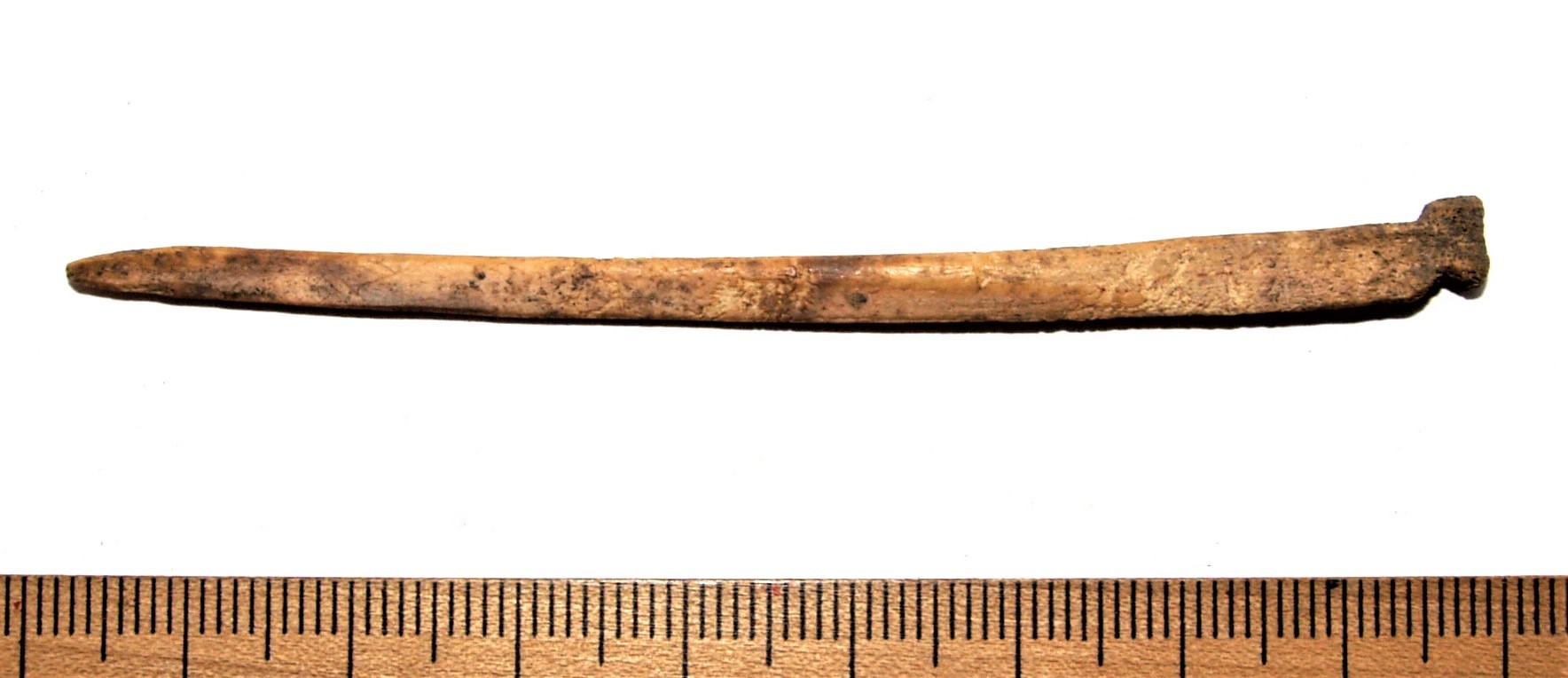
Valjala hillfort
Awl.

Valjala hillfort
Sewing needle.
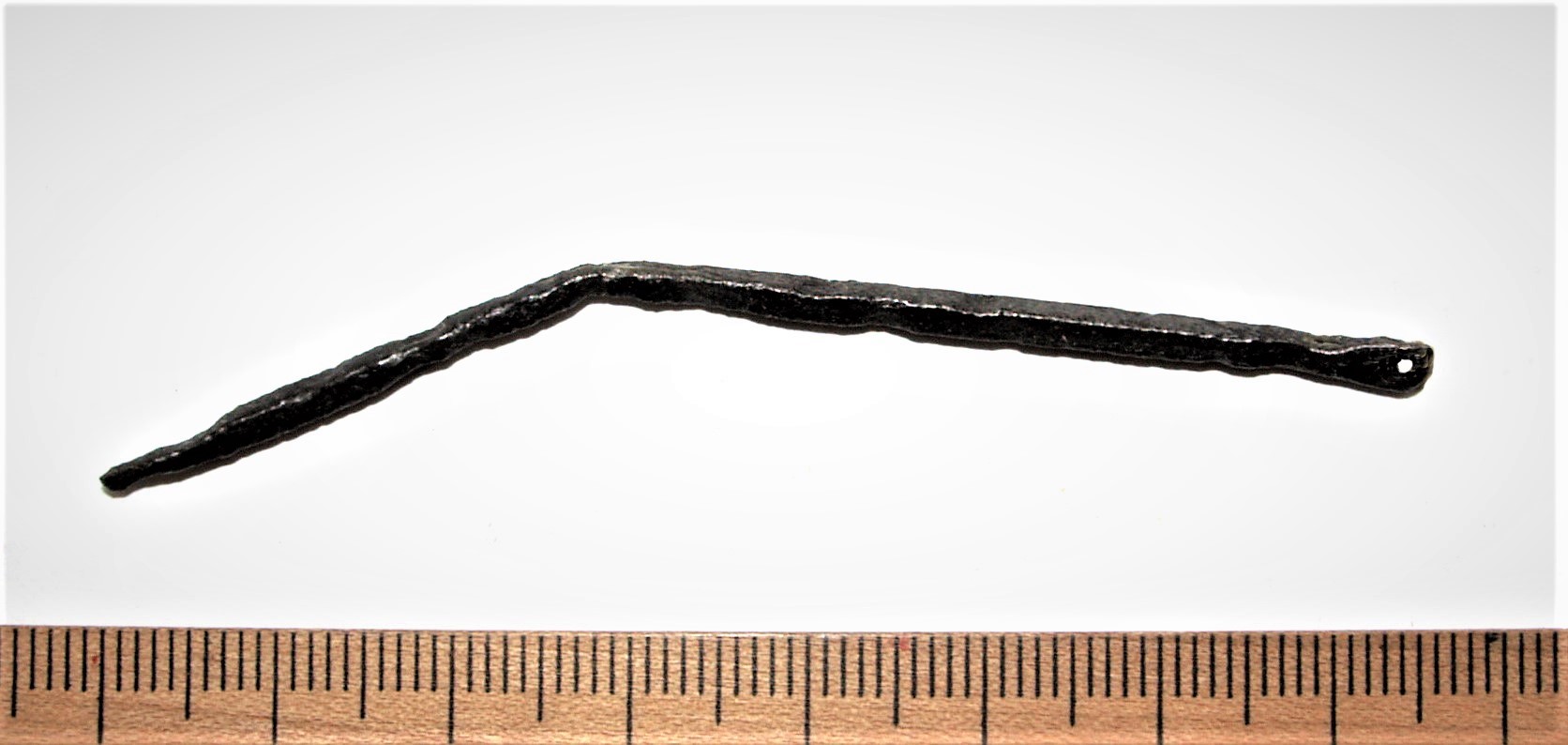
Valjala hillfort
Sewing needle.


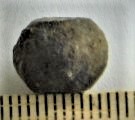
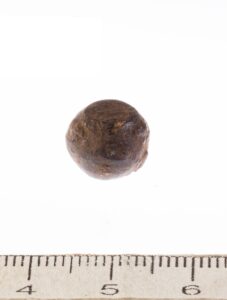
Last photo: Jaana Ratas.
Spherical weight, iron and bronze. Marks on faces have not survived.
Read more:
Berga, T. 2017. The distribution and chronology of traiding equipment in present-day Latvia in the tenth to thirteenth centuries. – Archaeologia Baltica, 24, 59-77.
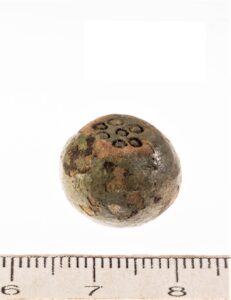
Photo: Jaana Ratas.
Spherical weight, iron and bronze. Seven circles on the faces. Such weights are dated to the late 11th century and to the 12th century in Latvia (Berga 2017).
Literature:
Berga, T. 2017. The distribution and chronology of traiding equipment in present-day Latvia in the tenth to thirteenth centuries. – Archaeologia Baltica, 24, 59-77.
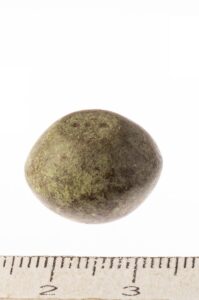
Photo: Jaana Ratas.
Spherical weight, iron and bronze. Probably from the 10th-11th century (Berga 2017).
Literature:
Berga, T. 2017. The distribution and chronology of traiding equipment in present-day Latvia in the tenth to thirteenth centuries. – Archaeologia Baltica, 24, 59-77.
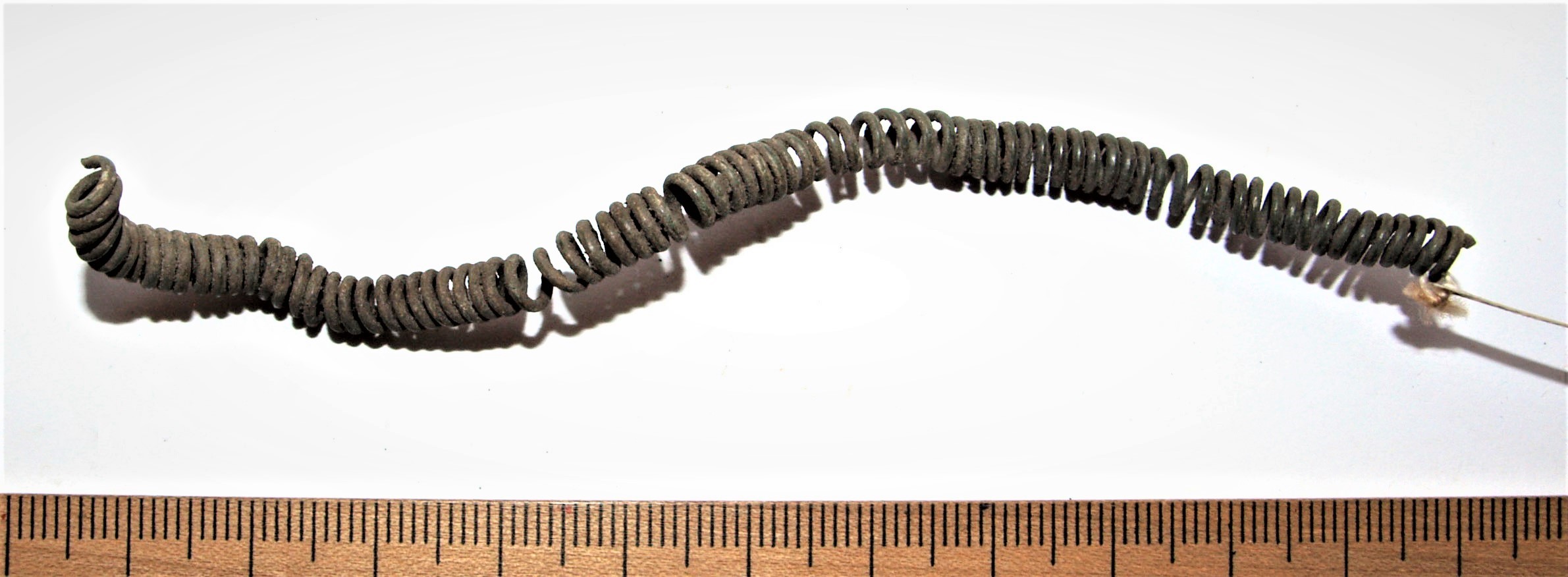
Valjala hillfort
Spiral.
The negative value refers to time Before Christ.

